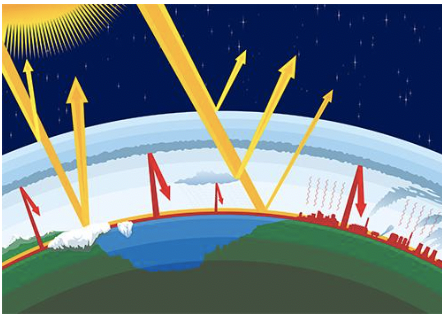Part 1 - Lesson 1: Why Use Renewable Energy?

1.Students will define and explain the differences between renewable and non-renewable energy sources.
2.Students will research, summarize, and present the (short- and long-term) benefits and drawbacks of utilizing wind and solar energy.
3.Students will research, summarize, and present the (short- and long-term) benefits and drawbacks of utilizing fossil fuels.
4.Students will generate questions about the greenhouse gas effect, identify and isolate variables, and then conduct an experiment to answer a class generated question about the greenhouse gas effect.
5.Through Socratic seminar, students will use the knowledge gained over the course of this lesson to discuss the potential long- and short-term benefits and drawbacks of using fossil fuels, solar energy, and wind energy.
The purpose of this lesson is for students to obtain base knowledge of how renewable and non-renewable energy is generated and identify differences between renewable resources and fossil fuels. Students will research the potential long-term and short-term benefits and drawbacks of using fossil fuels, solar energy, and wind energy. In addition, during this lesson students will conduct an experiment that demonstrates the greenhouse gas effect. At the end of the lesson students will be able to answer specific questions about renewable and non-renewable energy options and explain the differences between renewable and non-renewable energy options. To solidify their understanding students will discuss their findings through Socratic Seminar.
